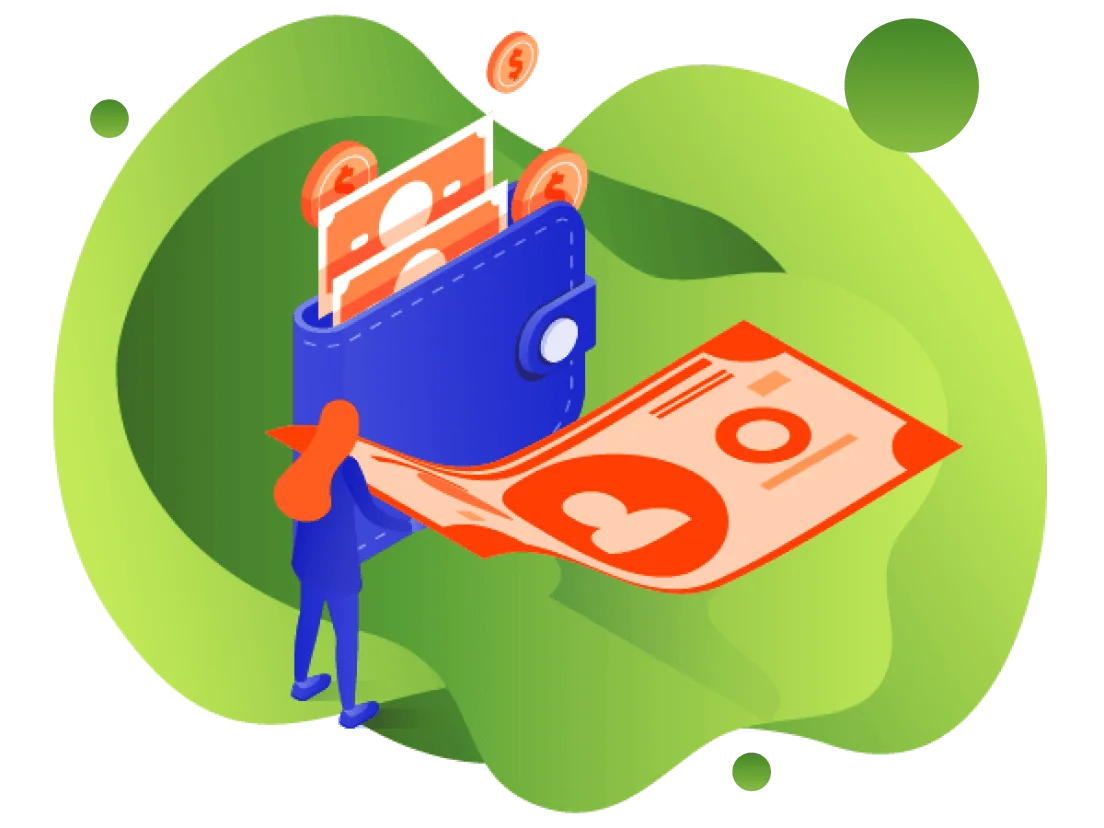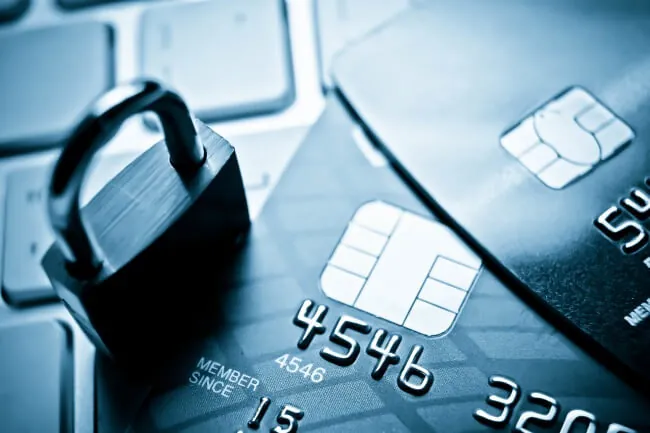
Payment Gateway Use Cases: How our payment solution works in different markets.
Over 35 years ago, Payway built a payment solution specifically for the subscription and recurring revenue market. Today, we also serve other markets, including Education, Retail, Delivery Services and Healthcare.

Education
Online school payments
Parents and students are always looking for ways to simplify daily tasks. And with the rapidly increasing adoption of secure, convenient digital payments, it makes sense for parents to start paying tuition with credit and/or debit cards. You can provide a huge service to parents/guardians, students, teachers, and staff with the option to accept online payment for:
• Tuition
• School activities and events, such as field trips
• Yearbooks
• Fundraisers
Benefits
• Adding an online payment option helps them plan and track tuition more conveniently than other payment methods, and they can set up recurring payments that help them avoid late fees.
• Tuition payments on a card are simple and many can be processed immediately, so even those last-minute payments can be made on time and during non-business hours.
Adopting electronic or automatic payments for school tuition is a win-win.
• Schools that accept cards are able to significantly reduce their operational expenses.
• Digital payments eliminate paperwork and simplify refunds and reimbursements, making tracking and managing payment histories a breeze.
• Having comprehensive, instant payment reporting also allows school stakeholders to make better financial planning decisions.
• Schools that accept cards may be able to see a huge uptick in timely payments, a reduction in insufficient funds transactions and an increase in customer satisfaction.

eCommerce
eCommerce growth projects to greater than twice the rate of POS through 2025
2020 was a wake up call for businesses that only accept cash payments. With COVID19, more and more consumers switched to online payment experiences. Businesses that did not evolve online suffered the consequences. The development of eCommerce in North America showed no
signs of slowing in 2021.
According to Worldpay Payments Report 2022, E-commerce payment preferences continue to shift away from cash and credit cards towards digital
wallets and buy now, pay later (BNPL). U.S. e-com transaction value grew 10% YoY in 2021, while Canadian e-com grew by 13%. Regional e-com
expansion is projected to average 11% CAGR through 2025 to reach nearly $2.3 trillion in annual transaction value. The trajectory of commerce is shifting decisively to e-com with an emphasis on mobile commerce.
Regional e-commerce growth projects to greater than twice the rate of POS growth through 2025 (11% versus 5% respectively).

Restaurants & Delivery Services
Restaurants around the world are implementing contactless payment and delivery
With the varying levels of quarantine or physical distancing, many restaurants and fast food chains have had to change the way they get food to customers. For some, it’s focusing on takeout and curbside. For others, it’s offering delivery – whether using their own drivers or third-party delivery marketplaces. For many, it’s both.
Delivery sales have become piping hot, a trend that will likely continue. Between 2018 and 2023, deliveries are projected to grow at more than three times the rate of on-premises sales—with millennials being the top customer—as, by 2020, those 21 to 36 years old will take up 70% of at-home delivery services.
Restaurant owners are stepping up to the plate, as a National Restaurant Association survey finds that 37% of restaurants offer online ordering, while 32% accept mobile payments. Nowadays, customers have options to order food, from websites to apps. This means that restaurants that don’t provide these services might get left behind—unless they choose to partner with a third-party provider that can offer diners the accessibility they crave.
A great option would be partnering with a third-party provider which involves creating an app or website for pickup orders. Third-party delivery businesses have a great pool of new customers with great loyalty programs, as well as marketing campaigns that they do in-house. These providers also consider all the logistics involved in the process, including payment, to offer seamless customer experience at the checkout.

Healthcare
Empower patients with options to quickly pay medical bills and reduce your risk of late payments and bad debt
Better-informed and more critical customers, along with a push to combat the complex and opaque medical billing process, are creating demand for innovation in the healthcare payments space. However, according to data from a report commissioned by InstaMed and compiled by Qualtrics, 90% of healthcare providers still leverage paper and manual payment processes.
Generational differences do matter when it comes to making a payment. A PaymentsJournal study found that:
- Millennials were twice as likely (42%) to select online banking bill payment compared to respondents aged 38 and older (21%).
- Respondents aged 54 and younger were the heaviest users of mobile apps and PayPal
- Less than 5% aged 55 and over reported using mobile apps and PayPal to pay medical bills and preferred paying at the time of service, postal mail and online portals.
Payments solutions, particularly in healthcare, should strive to meet the expectations and comfort levels of different generations. One way to address this is by implementing an omni-channel, integrated payment approach.


